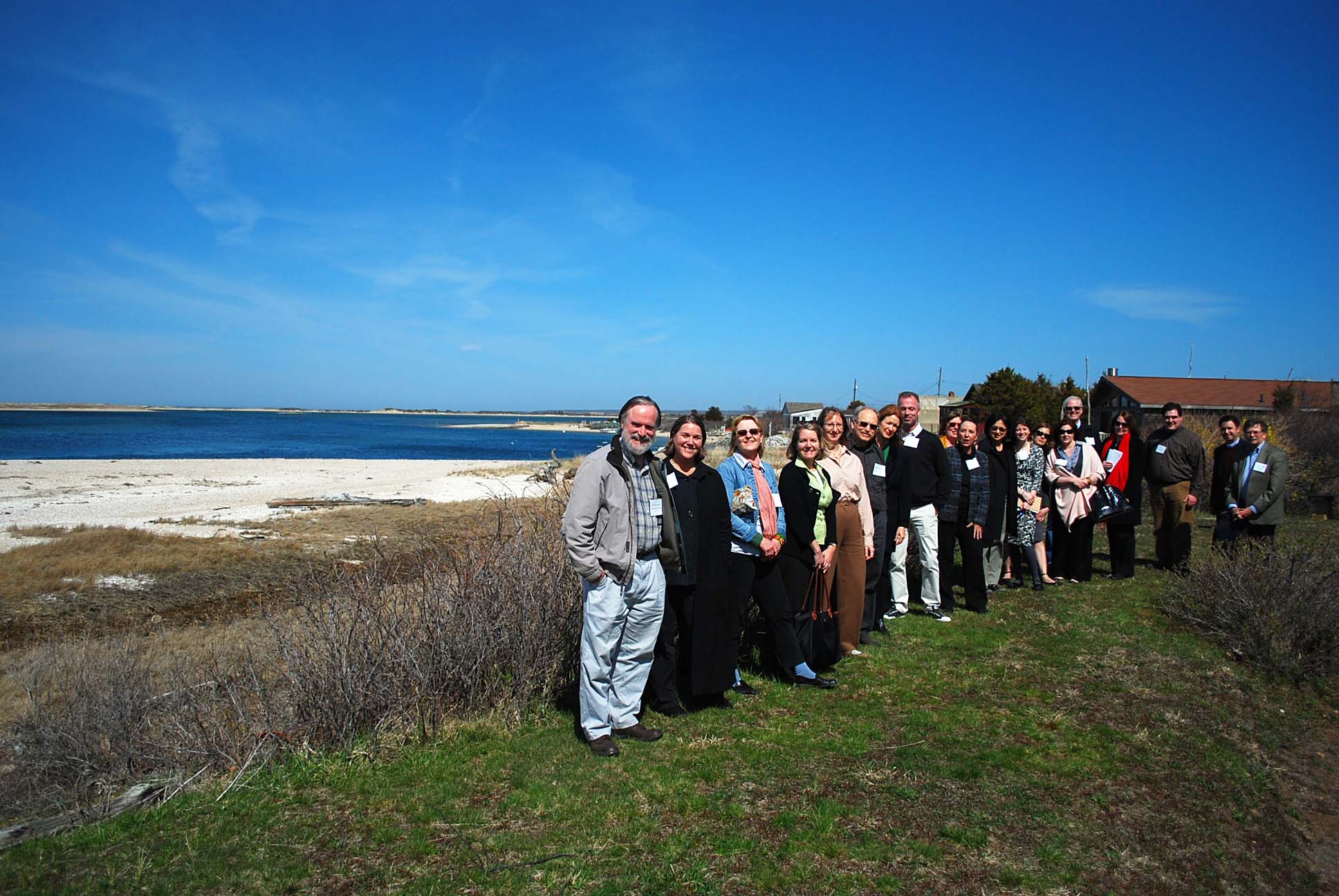|
The Historic Artists’ Homes and Studios program grew out of an initiative proposed by the National Trust for Historic Preservation. The Trust wanted to reach out to places that were not directly under its auspices but that were, nonetheless, doing the important work of preserving America’s cultural and built heritage. The Trust realized that organizations that are linked thematically could be designated as “associate sites” and could work together to share experiences and find solutions to common problems. The Trust already owned and operated the property of one American artist: Chesterwood, the home and studio of sculptor Daniel Chester French in Stockbridge, MA. A group of art-related historic sites was identified, and a coalition was formed. Though various entities operate these sites, from governmental agencies to independent non-for-profits, each member of this coalition is a museum that commemorates an artist (or a group of artists) and preserves and interprets their working environment. HAHS is an Associate Sites program of the National Trust for Historic Preservation, a coalition of more than 30 independent museums that were the homes and working studios of American artists.
|
Timeline
| 1999 |
The Henry Luce Foundation awards the National Trust for Historic Preservation $220,000 to establish the Historic Artists’ Homes and Studios test group, under the Affiliate Sites program.
|
| 2000 |
An advisory committee is formed, chaired by Dr. Wanda Corn, Professor of Art History, Stanford University. In order to identify both threatened and thriving sites the committee compiles an inventory of art-related historic properties. The committee establishes criteria for inclusion in the program. The committee selects 20 sites to participate in a pilot group. Representatives from these 20 sites participate in a two-day technical workshop held in Stockbridge, MA.
|
| 2001 |
18 HAHS sites are awarded mini-grants for preservation-related projects.
|
| 2002 |
The HAHS program is awarded a second grant from the Luce Foundation to enable more sites to join the coalition, and to provide practical preservation resources through workshops, scholarships and mini-grants.
|
| 2003 |
HAHS members participate in an Education and Interpretation workshop in Washington, DC.
|
| 2004 |
HAHS members participate in a Marketing and Public Relations workshop in Philadelphia, PA.
|
| 2005 |
Administration of the HAHS program shifts from National Trust headquarters in Washington to Chesterwood, in Stockbridge, MA.
|
| 2006 |
HAHS members participate in an Audience Development workshop in Chicago, IL. The Wyeth Foundation for American Art awards the HAHS program a grant to expand the program through the addition of five more member sites, and to develop marketing materials and conduct another training workshop.
|
| 2009 |
HAHS members participate in a Best Practices for Historic Sites and Grounds Workshop in Easthampton, NY.
|
| 2010 |
Five HAHS sites are awarded grants to conduct energy audits of their historic buildings.
|
| 2011 |
HAHS program awarded a second grant from the Wyeth Foundation to design and fabricate a travelling exhibition on the HAHS program, and to update marketing materials, including a brochure.
|
| 2012 |
HAHS organizes an exhibition on the artists and studios in the program. The exhibition premieres at Chesterwood, and travels to the Bush-Holley Historic Site.
|
| 2013 |
HAHS sponsors a 3-day workshop and tour based in Santa Fe, NM. The HAHS exhibition is shown at the Brandywine River Museum (parent organization of the Andrew Wyeth and N. C Wyeth studios), and travels to the T. C. Steele State Historic Site.
|
| 2014 |
HAHS website launched. The HAHS exhibition, now titled Preserving Creative Spaces: The Historic Artists’ Homes and Studios Program shown at Portland Museum of Art, ME (parent organization of the Winslow Homer Studio) and Olana State Historic Site.
|
|





